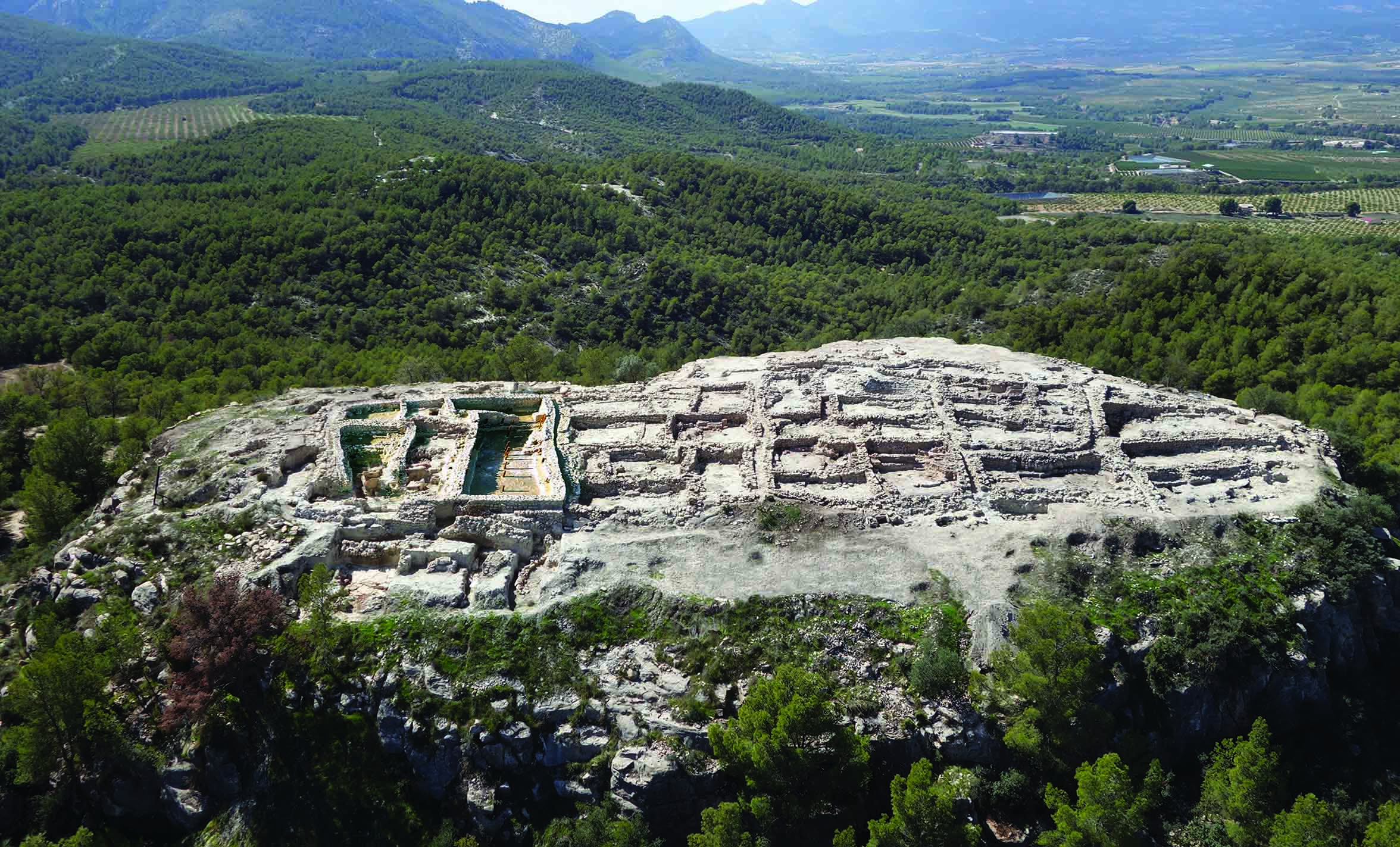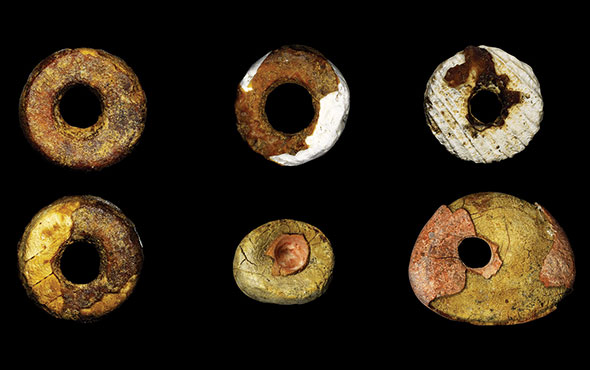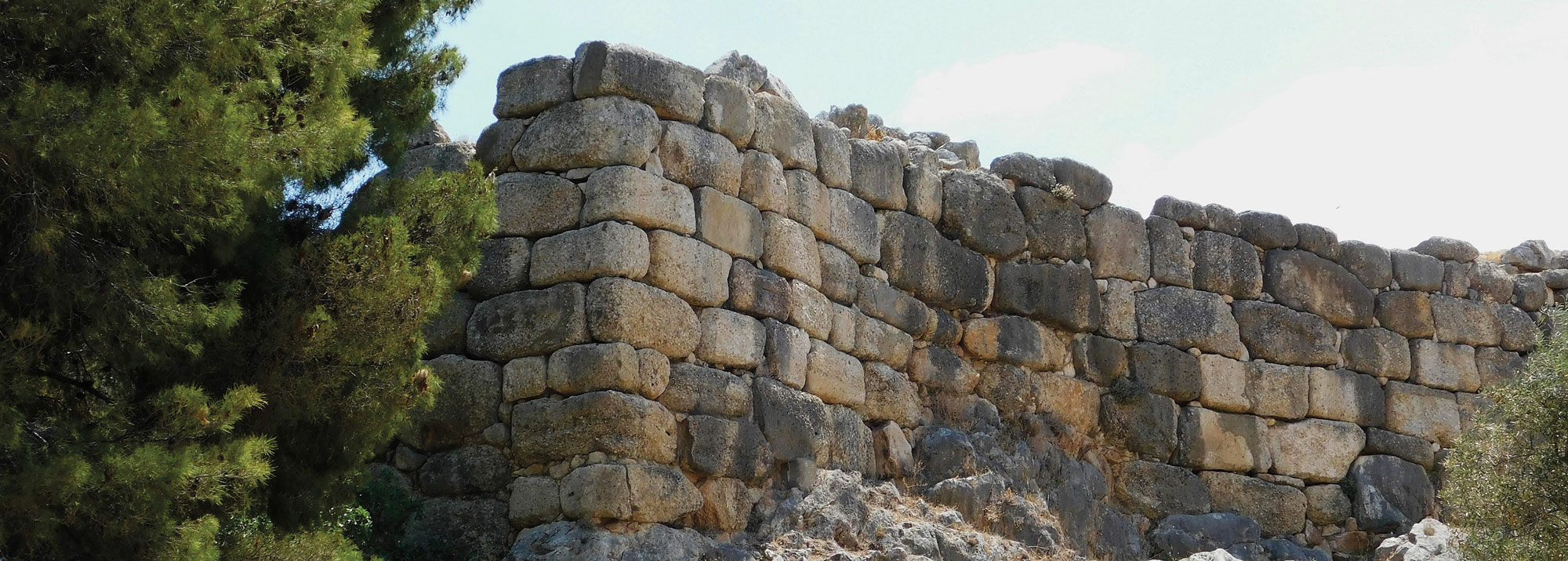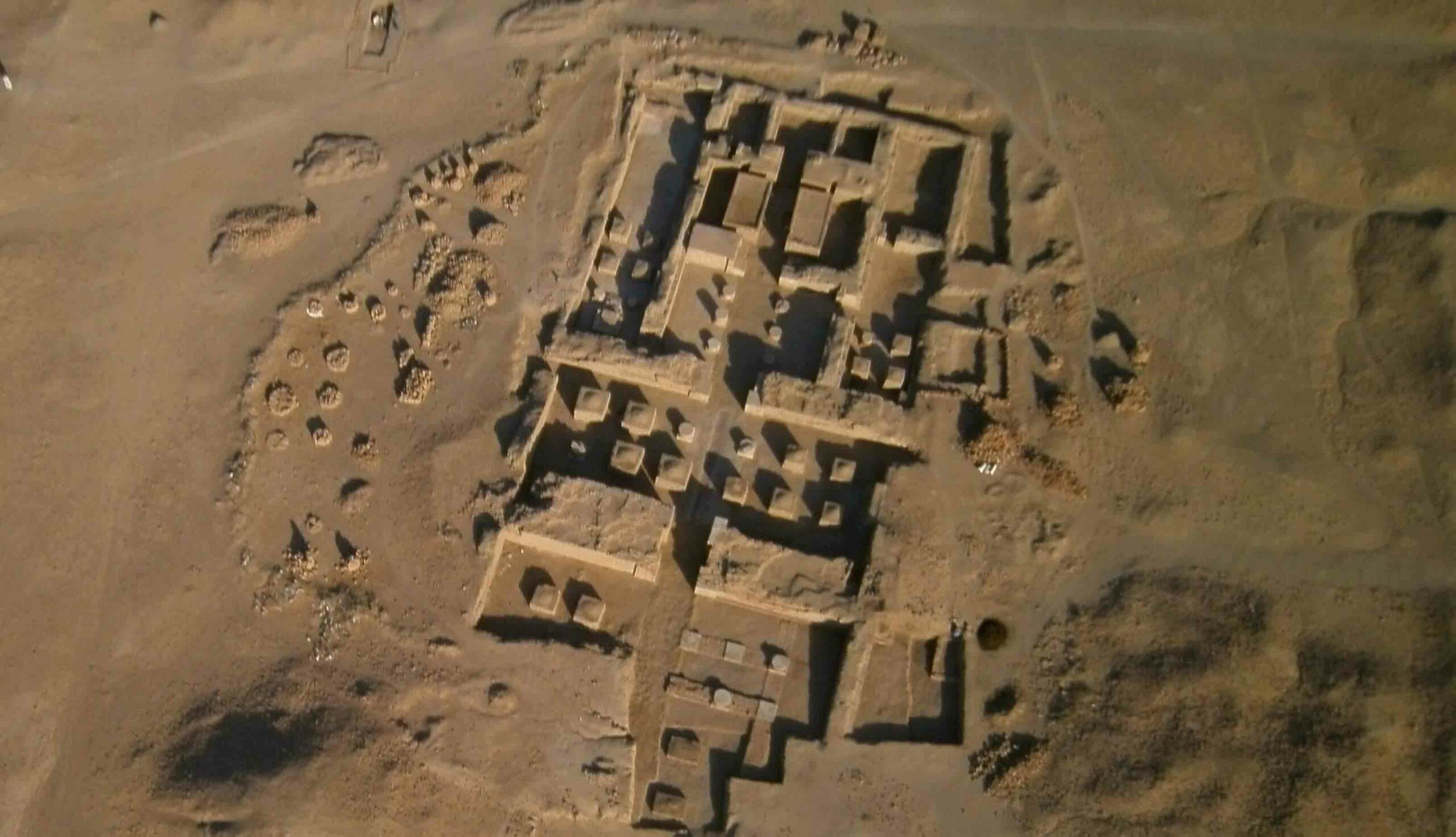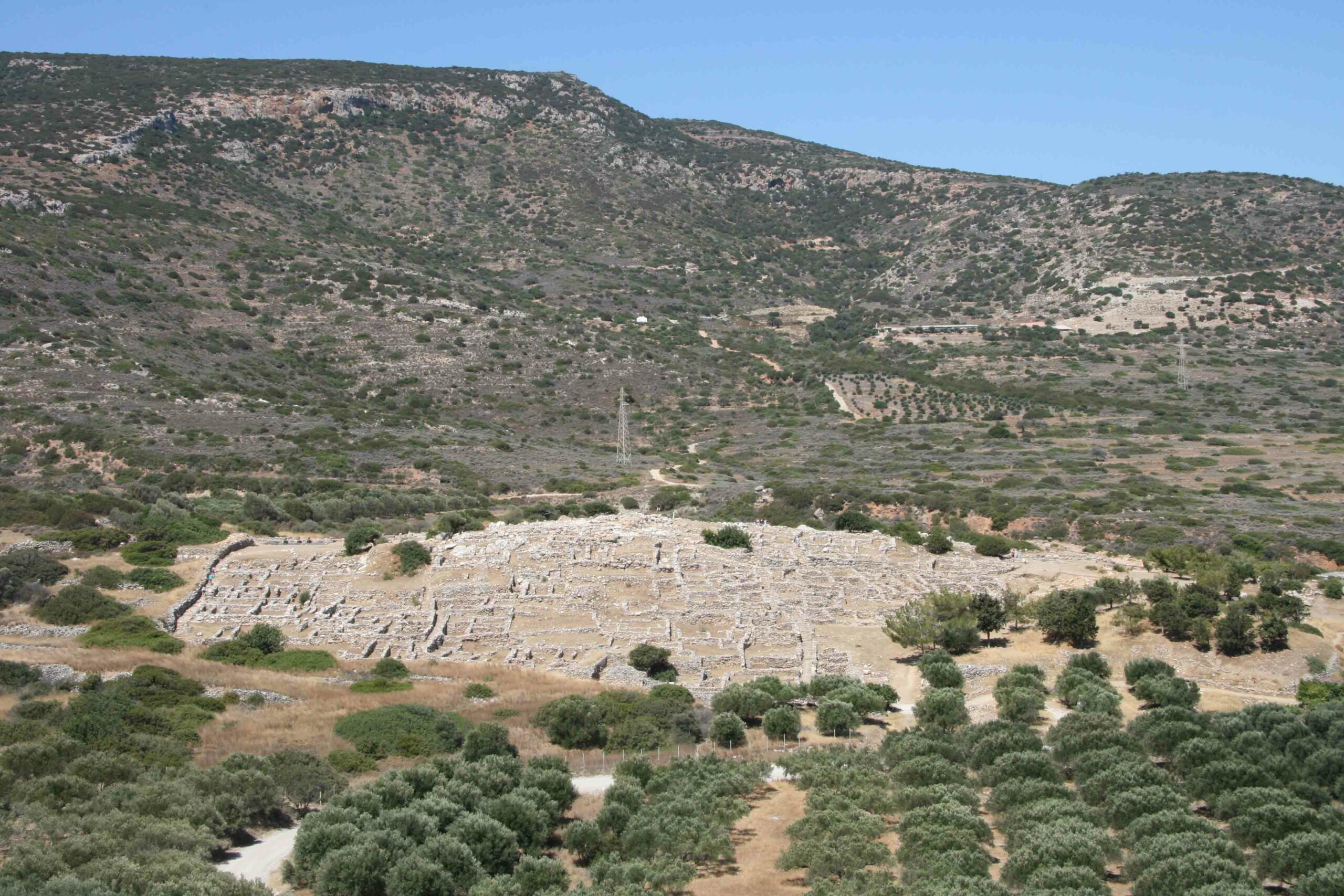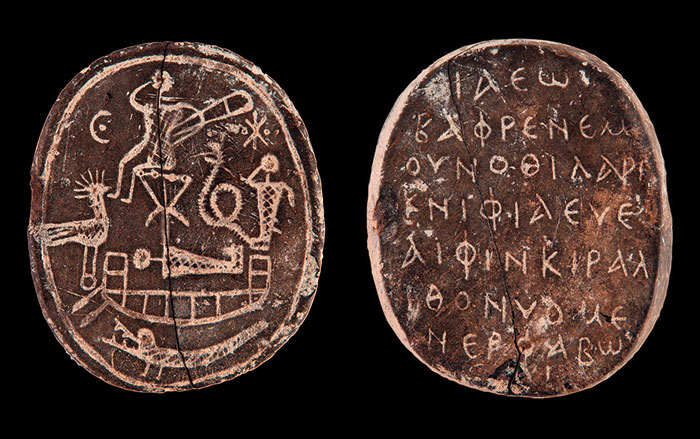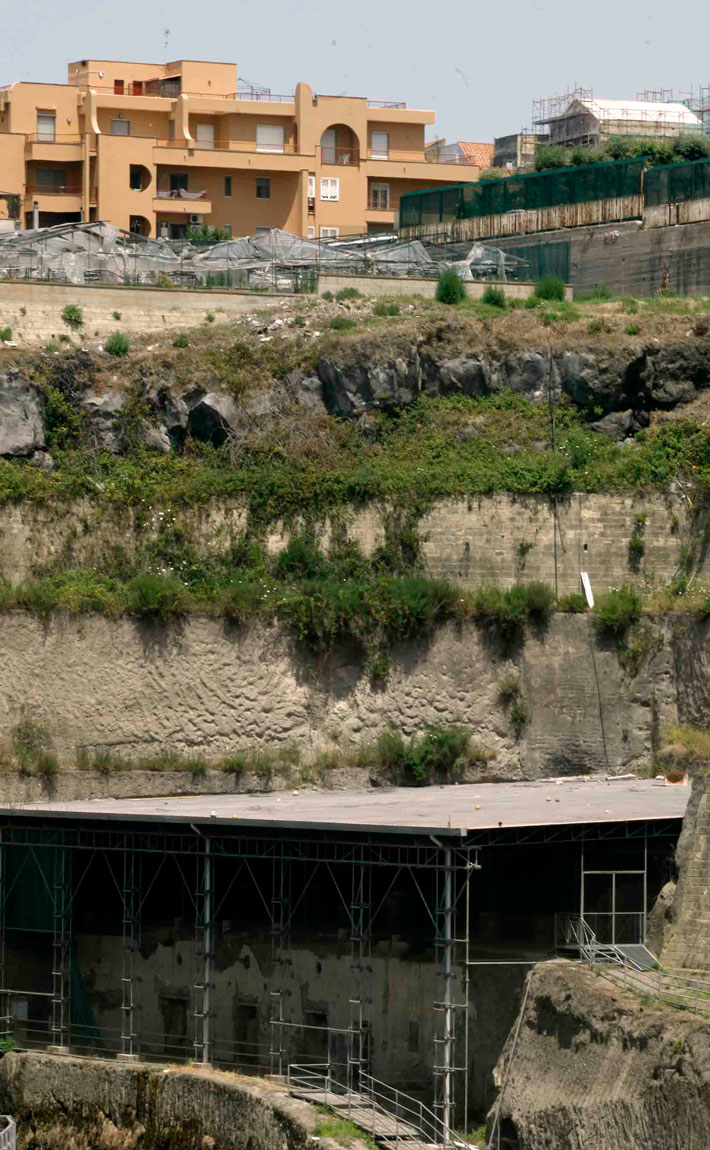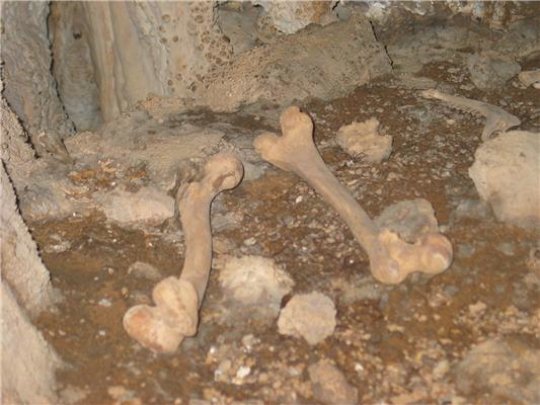
GRANADA, SPAIN—Analysis of human remains from a burial site at Cova do Santo in northwestern Spain suggests that the diet eaten by the local residents between 1800 and 1600 B.C. consisted mostly of plant food. Stable isotopes from the bone collagen of at least 14 men, women, and children indicate that they ate little meat or fish, despite living near the Sil River. “There are no significant differences between individuals in terms of diet, so access to food resources must have been similar, regardless of sex or age,” Olalla López-Costas of the University of Granada said in a press release. López-Costas and her team think that the Bronze Age diet in northwestern Iberia may have included millet earlier than had been previously thought, although they cannot confirm it. Millet crops “give a high yield in a short time, which probably helped people become more sedentary and the excess of production could have contributed to the construction of a social hierarchy,” she said. To read more about the period, go to "Bronze Age Palace & Royal Burial Unearthed in Spain."


